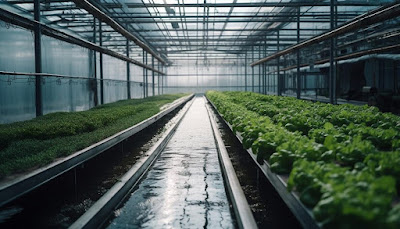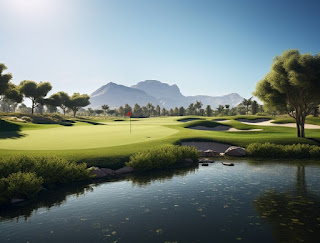Maximizing Efficiency and Sustainability with Greenhouse Water Systems

Greenhouse water systems have an important effect on farming methods by adding innovative approaches for successful water management and crop growth. These systems use a variety of methods and technology to improve water usage, reduce waste, and increase plant growth in greenhouse conditions. Drip Irrigation: Greenhouse water systems generally focus on drip watering. Through this system, water reaches directly to plant roots by tubes and generators, which decreases water loss due to warm and streams. A drip water system saves water and supports healthy plant development by allowing you to accurately manage the timing of watering and providing water where it is required. Recirculating Systems: These water systems use circular systems to successfully collect and reuse water. These systems collect water and humidity from warming and cooling systems, which are filtered and purified for reuse in greenhouses. Farmers who reuse water can decrease their environmental effects, water utilizati
